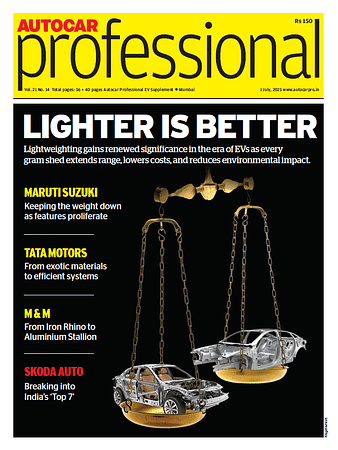Two-Wheelers Leading the Electric Charge | Panel Discussion
The two-wheeler segment is one of the key beneficiaries of the electric transition in India, with the country estimated to witness a 70 percent electric two-wheeler penetration by 2030. Panellists at the India EV Conclave discussed the criticality of incentives and their inflection point.
Two-wheelers lead the electrification of India's automobile sector, with approximately 622,000 electric two-wheelers getting sold in CY22. Electric two-wheelers currently register a 5 percent penetration in India's two-wheeler market, and are likely to see penetration exceed to over 70 percent by 2030.
While subsidies and government incentives have played a crucial role in accelerating the adoption of EVs in the two-wheeler segment, the role of incentives will continue to remain critical until the industry reaches a 25 percent penetration, discuss panellists at the Autocar Professional India EV Conclave, organised in Chennai on November 21.
The panellists unanimously said that subsidies remain to be a vital component to help boost market adoption, especially when affordability is a key factor driving two-wheeler sales in India.
Panellists:
Eric Vas, President, Electric Vehicles, Bajaj Auto
Ravneet Singh Phokela, Chief Business Officer, Ather Energy
Vinay Harne, Advisor - Technology, TVS Motor Company
Sanjay Behl, CEO & ED, Greaves Electric Mobility
RELATED ARTICLES
Deep Drive Podcast: What's up at Honda, Yamaha, Suzuki and Kawasaki in India?
We explore the current developments at Honda, Yamaha, Suzuki, and Kawasaki, focusing on the strategies each manufacturer...
Deep Drive Podcast: The History of Tata Motors And the Road Ahead
This special episode is all about Tata Motors - its early years as a truckmaker, journey as a carmaker, meteoric rise up...
Deep Drive Podcast: Car Sales in FY2025 Analysis Video
We analyse car sales for FY2025 and talk about data, trends, and the winners and losers.





 07 Dec 2023
07 Dec 2023
 6651 Views
6651 Views





 Autocar India
Autocar India




